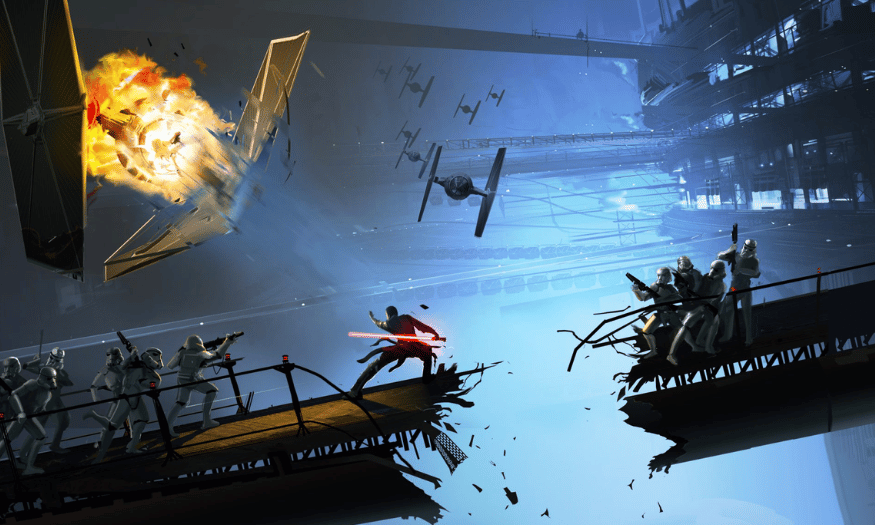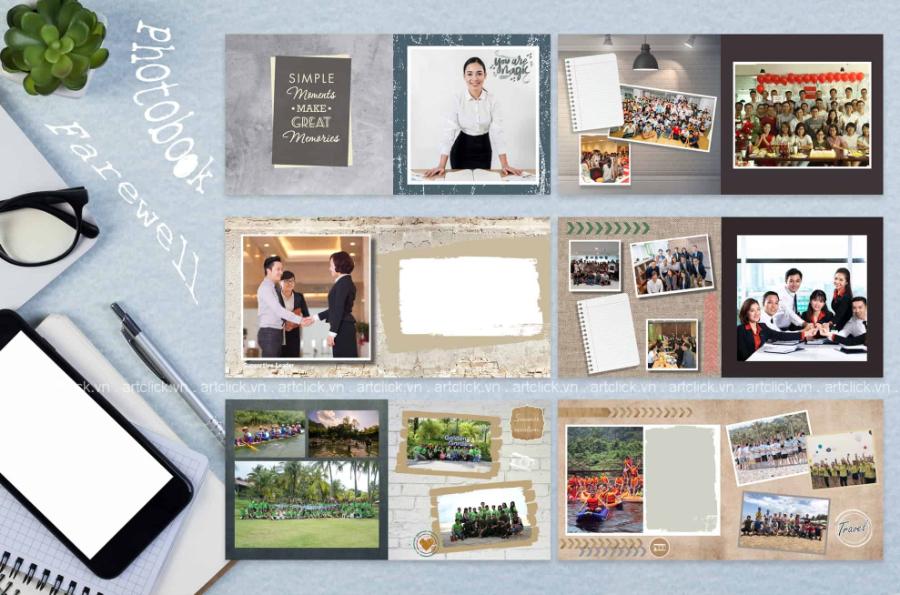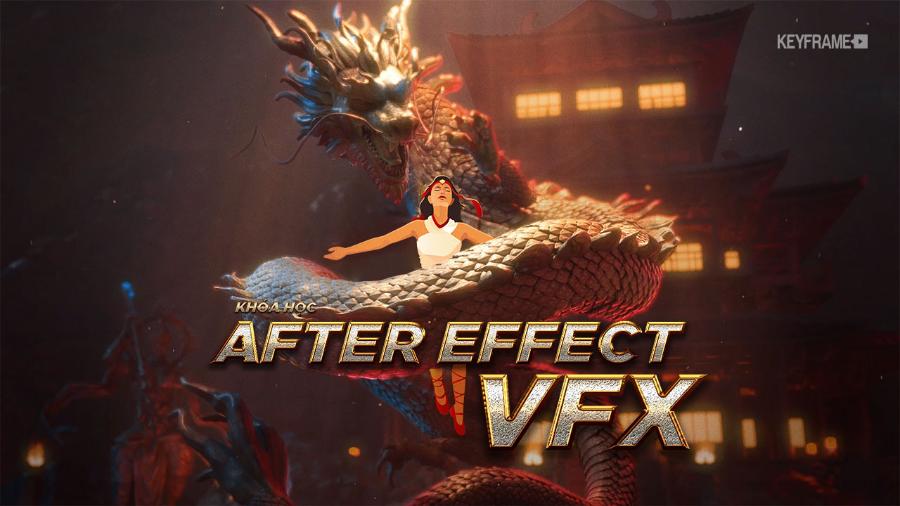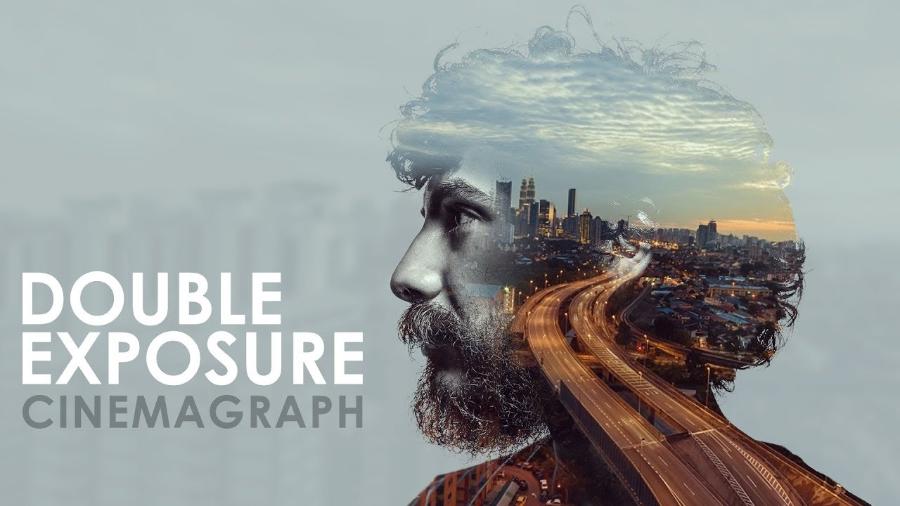Best Selling Products
What is Concept Art? Basics for Beginners
Nội dung
- 1. What is Concept Art?
- 2. The role of Concept Art
- 3. Concept Art Classification
- 3.1 Environment Design
- 3.2 Character Design
- 3.3 Weapon and Asset Design
- 3.4 Vehicle Design
- 3.5 Concept Art Other Illustration
- 4. Concept Art Creation Process
- 4.1 Step 1: Briefing
- 4.2 Step 2: Thumbnails
- 4.3 Step 3: Sketching
- 4.4 Step 4: Color Test
- 4.5 Step 5: Final Design
- 5. Impressive concept art creation tool
- 6. Conclusion
Concept art is an important art field in the game, film and animation industries, acting as a bridge between creative ideas and final products. For those new to the profession, understanding concept art not only helps them grasp the creative process but also opens the door to exciting career opportunities. In this article, we will explore with Sadesign the basics of concept art, from concepts, roles, to the skills needed to become a concept artist.

Concept art is an important art field in the game, film and animation industries, acting as a bridge between creative ideas and final products. For those new to the profession, understanding concept art not only helps them grasp the creative process but also opens the door to exciting career opportunities. In this article, we will explore with Sadesign the basics of concept art, from concepts, roles, to the skills needed to become a concept artist.
1. What is Concept Art?
Concept art is a special form of art in the entertainment industry, where it is used to develop visuals for a variety of projects such as video games, movies, animations, and even board games. These are not just simple images, but also works that can convey creative ideas, helping producers and designers visualize the final product more clearly. In fact, concept art helps realize abstract ideas into concrete, understandable images that can be shared within the production team.
Each concept drawing is not just about shape and color, but also reflects the character’s personality and mood. This helps viewers, whether in the development stage or when the project is completed, to feel the content and message that the work wants to convey. Concept art consists of two main components: “Concept” – ideas and stories, and “Art” – how those ideas are expressed through aesthetic designs. Therefore, it is not only a supporting tool but also an important part of the creative process.
.png)
2. The role of Concept Art
Concept art plays a vital role in the pre-production phase of any entertainment project. It helps the writers and creative team translate their ideas into visual drawings, which then create the initial designs for the product. These drawings not only help visualize the characters, settings, and props, but also provide a general view of the world the project wants to create. Concept art helps everyone on the team stay on the same page about the ideas and direction of the project.
Concept art also aids in decision making for the next stages of production. With clear drawings, designers can easily identify the elements needed to realize their ideas. This not only saves time and resources, but also improves the quality of the final product. In an increasingly competitive industry, investing in concept art can determine the success of a project, from capturing the audience’s attention to creating a great user experience.
3. Concept Art Classification
3.1 Environment Design
Environment design is one of the most important areas of concept art, focusing on creating the landscapes or settings where the characters’ activities take place. Artists in this field need not only a high aesthetic sense but also a deep understanding of composition, perspective and architectural design. Each designed landscape is not just a scene, but also conveys the emotions, atmosphere and spirit of the story. A vivid environment can make the audience feel more clearly about the character’s journey and the challenges they face.
To do this well, artists often use 3D software proficiently. These tools not only help them create realistic images, but also allow them to experiment with light, color, and texture, creating rich and engaging settings. The combination of artistic skills and modern technology creates unique spaces, from mysterious forests to futuristic cities, providing viewers with a great visual experience.
3.2 Character Design
Character design is another area of concept art that focuses on developing compelling and dynamic characters for entertainment projects. Artists in this field not only create the shapes and costumes for characters, but also have a thorough understanding of human and animal anatomy. Their knowledge of body proportions and structure helps them create convincing characters that may not exist in the real world. Famous characters like Minions and Elsa are not only appealing to viewers because of their appearance, but also because of the stories and personalities they portray.
Character designers often work closely with writers and directors to ensure that what they create fits the tone of the story. They have to be incredibly creative, from developing unique costumes to creating interesting accessories. Every little detail can affect how viewers perceive a character, so attention to detail is crucial in the creative process.
3.3 Weapon and Asset Design
Weapon and asset design focuses on the design of the objects, tools, and weapons that characters use in the worlds that artists create. Just like in the environment field, artists in this field also need to use 3D software to create clear and realistic images. Weapon design is not just about creating shapes, but also considering their functionality and how they function within the context of the story.
To succeed in this field, artists need to have experience and a deep understanding of the industrial design process. They don’t just create beautiful objects, they also need to make sure they function in the way players or audiences expect. These designs often play a key role in building worlds and enhancing the user experience, making them feel like they are part of a real adventure.
.png)
3.4 Vehicle Design
Vehicle design is another branch of concept art that focuses on the design of vehicles, from flying cars to spaceships. Artists in this field must have knowledge of the tools and design processes used in the automotive or aerospace industries, but in the entertainment industry, they have the freedom to create without having to stick 100% to reality. This allows them to develop bold and unique ideas that give audiences new experiences.
Vehicle design is not just about appearance, but also about function and how they function in the world the characters live in. Artists need to combine practicality and creativity to create vehicles that are not only visually appealing but can actually function within the context of the story. This creates an interesting depth to the world they build, making the audience feel like they are exploring advanced and magical technologies.
3.5 Concept Art Other Illustration
While concept art and illustration share many similarities in terms of technique and quality, they have different purposes and roles. While concept artists focus on exploring and communicating ideas quickly and effectively, illustrators often aim to create works of art that are emotionally and visually rich.
When you need to conceptualize characters, settings, or objects that don’t exist yet, a concept artist is the person for you. They not only have the ability to draw objects like clothes, vehicles, or weapons, but also the ability to understand how these elements interact in an imagined world. This creates a solid foundation for entertainment projects, which in turn helps shape the final product that audiences love.
.png)
4. Concept Art Creation Process
4.1 Step 1: Briefing
The concept art process begins with a briefing, where the concept artist receives a detailed brief from the director or producer. This brief contains important information about the asset they need to develop, which could be a character, a vehicle, or a prop for the project. Depending on the specific requirements, the information in the brief will determine the direction of the entire creative process. For assets that already exist in real life, the artist can refer to them and adjust them to the style of the project. However, for completely new designs, the concept artist will be responsible for all visual aspects.
In this role, the concept artist is more than just a painter; they are the bridge between abstract ideas and concrete images. They need to be able to listen and understand the director’s vision, while also having the sensitivity to develop appropriate ideas. This requires not only artistic skill but also a deep understanding of how visual elements interact with each other throughout the entire production.
4.2 Step 2: Thumbnails
After understanding the asset’s characteristics from the brief, the concept artist moves on to the thumbnail stage. This is an important step in defining the overall shape and structure of the asset through simple, small drawings. Each thumbnail usually doesn’t take too much time to create, allowing the artist to create a variety of different designs. The goal is to have a variety of options for the director to consider, thereby finding the most suitable direction for the design.
This phase can produce up to 50 thumbnails or even more, depending on the project requirements. The variety in designs allows for different perspectives and encourages creativity. Once completed, the concept artist and director will discuss and select the most outstanding thumbnails to develop in the following phases.
4.3 Step 3: Sketching
Once a thumbnail design or designs are selected, the next step is sketching. Here, the concept artist will begin to sketch and flesh out the details of the asset, such as faces, clothing, and other elements. While the thumbnails may only have a general idea, the artist will develop more detailed sketches to better capture the emotional and personality aspects of the character or object.
Sketching is more than just drawing; it involves experimenting with different poses, expressions, and elements. The artist needs to have a solid understanding of geometry and anatomy, to ensure that the details are realistic and appealing. These sketches will help to give the asset a clearer shape before moving on to the color stage.
.png)
4.4 Step 4: Color Test
Once the sketches are complete, the next step is to do a color test. At this stage, the concept artist will come up with color options for the design and review them with the director. Color is not only for aesthetic purposes, but also affects the emotions and messages that the asset wants to convey. Choosing the right color can help shape the atmosphere of the scene and create a strong connection with the audience.
During this process, adjustments and changes can be made if necessary. The concept artist will combine the color elements with the chosen design, creating a final prototype. This ensures that the asset not only meets the initial requirements, but also reflects the style and mood of the project.
4.5 Step 5: Final Design
In the final stage, also known as final design, the concept artist’s job is to finalize and render the approved designs. Creating a clear and detailed render is extremely important, as it will be used as a reference for the 3D artists or anyone involved in the production process. The artist needs to have a deep understanding of the game or film to ensure that the final asset matches and is accurate to the concept.
During this phase, the concept artist often creates multiple close-up shots of the asset from different angles such as front, side, and rear. This not only helps others understand the design better, but also aids in the detailed modeling process. This allows the 3D artists to accurately and efficiently recreate the asset, contributing to the overall success of the project.
The concept art process can vary slightly depending on the industry and the style of each studio, but in general, these five stages are the basic steps that are indispensable in the creative process. Each stage brings important value, helping to turn abstract ideas into concrete, vivid, and attractive images.
.png)
5. Impressive concept art creation tool
Adobe Photoshop is one of the most popular and powerful tools used in the concept art industry. With its versatile image editing capabilities, Photoshop allows artists to create impressive works of art from scratch. The software’s friendly and easy-to-use interface helps artists quickly get up and running with the creative process.
One of Photoshop’s strengths is its rich set of drawing and design tools, including brushes, pens, and special effects. Artists can customize these tools to create unique strokes that fit their own style. In addition, Photoshop supports layers, allowing users to easily edit and organize different elements in their work without affecting the overall design.
Color and lighting management is also a big plus for Photoshop. Artists can experiment with different color palettes, adjust brightness, contrast, and lighting effects to create an attractive atmosphere for their work. With a combination of powerful features and flexibility, Adobe Photoshop is the ideal choice for those who want to create impressive and professional concept art.
.png)
6. Conclusion
In short, concept art is not only an art form but also an indispensable part of the creative product development process. For those who are just starting out, mastering the basic knowledge and honing their skills will help them create impressive works and contribute to the success of the project. If you are passionate about creativity and want to pursue this path, be persistent in learning and constantly practicing to become a true concept artist.












































